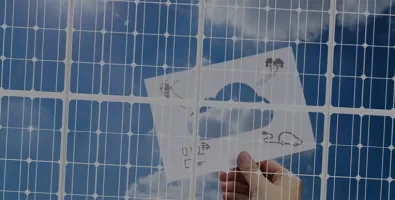
Artificial Intelligence: inspection of overhead power lines
Labelec conducts inspections of overhead transmission and distribution lines, using helicopters and drones to collect data through laser sensors, thermography and imaging. The processing of this data results in a report detailing situations that need the company's attention, such as potential security risks or anomalies.
EDP Inovação has been working with Labelec to make the process more efficient and effective by applying AI-based algorithms.
Initially, an analytical model with machine learning technology was developed in order to fully automate the classification of data from aerial inspections. Inspections carried out with helicopters or drones collect high-resolution numerical data.
Such data must be processed in order to distinguish relevant elements (soil, trees, poles, power lines) from those that are not (birds in flight, loose leaves, airborne garbage, dust particles); this task, which used to be carried out manually, is extremely repetitive and with little added value. By implementing the automatic classification algorithm, resources were freed up for tasks with higher added value.
In a later phase of the project, the work focused on developing a cognitive image processing model for automatically detecting power line anomalies. In this phase, the project had the collaboration of DefinedCrowd, a US-based Portuguese startup which is dedicated to optimizing the training of Artificial Intelligence models, and in which EDP Ventures has recently invested.
The algorithm processes digital photographs captured by helicopters, automatically identifying electricity poles, its components, and specific defects in such components (rust, broken protections, etc.).






